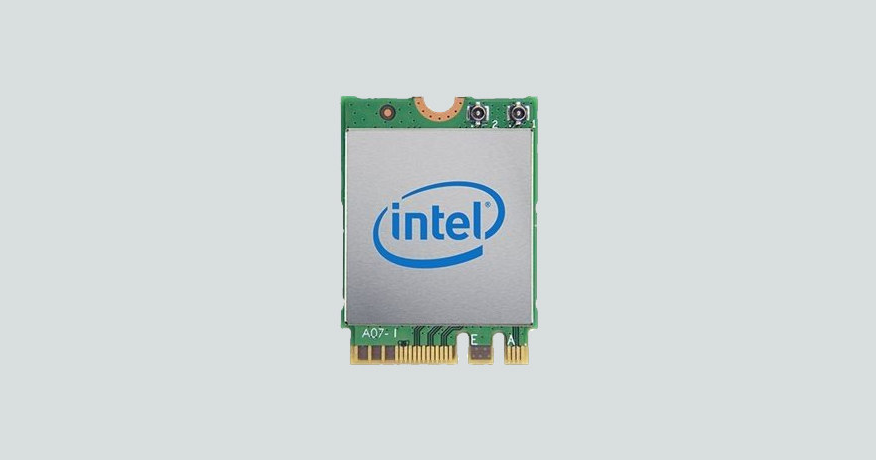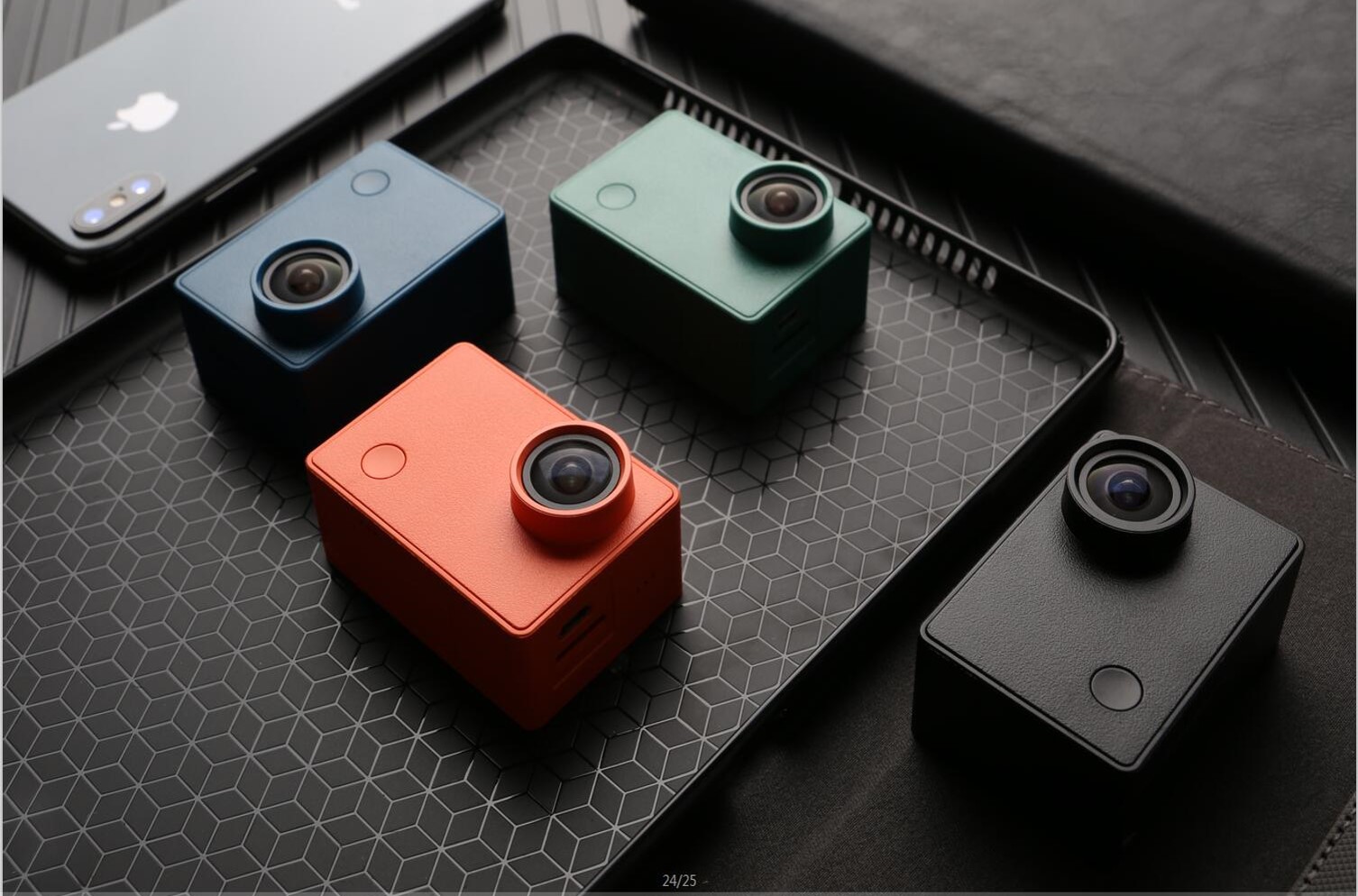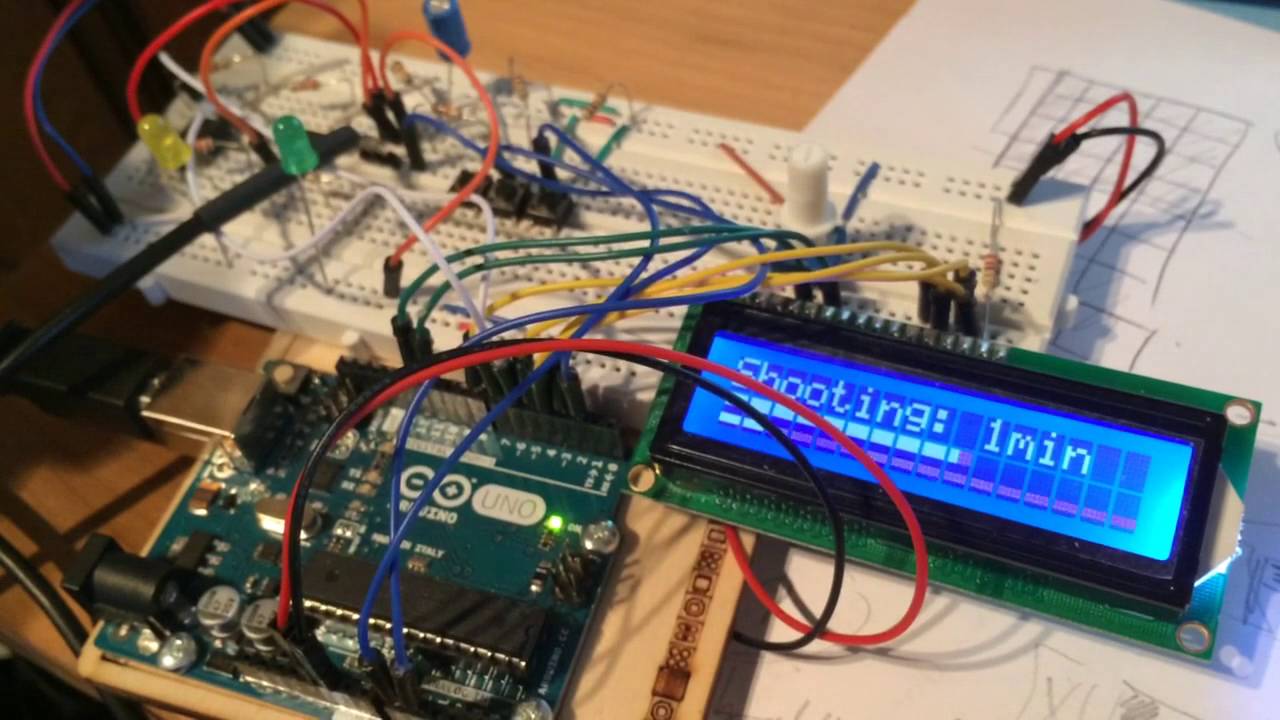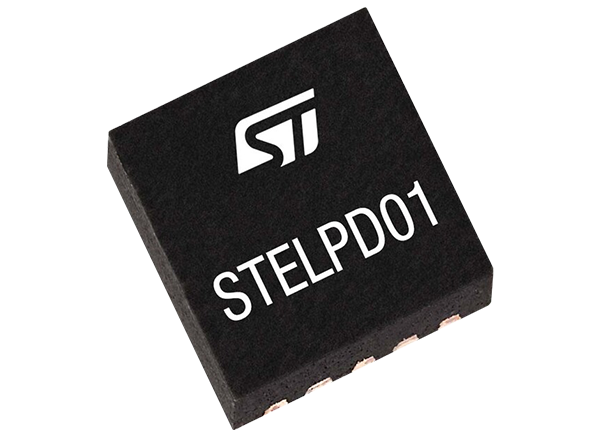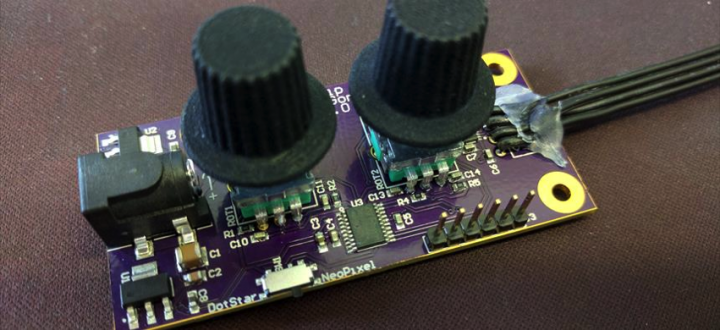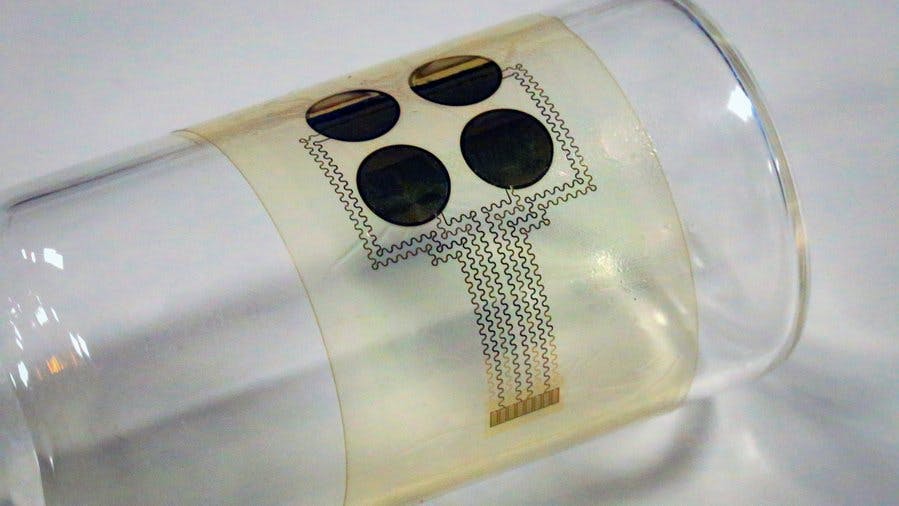
MIT Researchers develop a $10 Wearable Patch to help people suffering from ALS communicate better
Amyotrophic lateral sclerosis (ALS) is a chronic disease that affects the nervous system and causes a decline in muscle control. Symptoms of ALS may be minor in the early stages of the disease but get dramatically worse with time as people with ALS find it more and more difficult to control the muscles necessary to speak or move limbs. It gets so bad that they lose their power to communicate with others around them.
That is why a team of researchers from MIT who hope that their new device would help patients to communicate in a more natural way without having to deal with much weight, has taken it upon themselves to develop a wearable patch equipped with sensors to help people suffering from ALS communicate better.
The patch is attached to a patient’s face and used to capture even the smallest facial movements such as a twitch or a smile. The device consists of four piezoelectric sensors made of aluminum nitride which are able to detect mechanical deformation of the skin and converted into an electric voltage that can be easily measured. So, with small movements that are measured and interpreted by the device, patients can communicate a number of sentiments, like “I’ hungry”, “I love you”, etc.
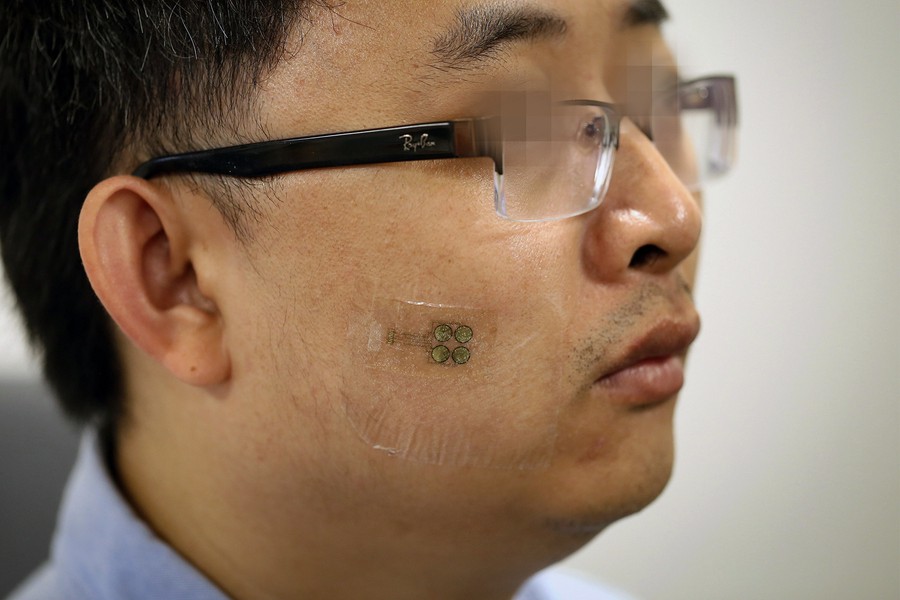
The wearable sensor is comfortable on the skin and can be worn for extended periods of time.
“You can camouflage it with makeup to match your skin tone and nobody would think that you have something on your skin”,
says Canan Dagdeviren, MIT’s LG Electronics Career Development Assistant Professor of Media Arts and Sciences.
The team was able to create a machine learning model that could differentiate between three unique expressions: a smile, an open mouth, and pursed lips. They used the algorithm to test the device on two patients and achieved about 75 percent accuracy in distinguishing between these different movements. So they have gone ahead filed for a patent on this technology and they now plan to test it with additional patients.
Apart from helping patients communicate, the device according to the researchers, could also be used to track the progression of a patient’s disease or know the extent to which the treatments they are receiving are effective.
“Instead of just relying on the patients to report that they feel better or they feel stronger, this device could give a quantitative measure to track the effectiveness,” they said.
This patch would be very affordable, costing only about $10, so it will become much more accessible than other technologies designed for similar purposes.
More details may be found here.





